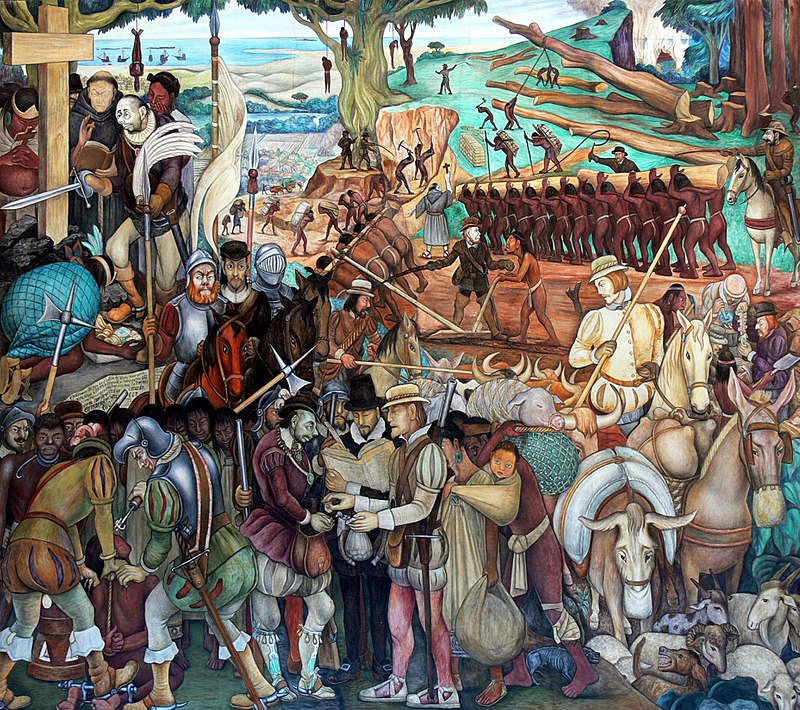Abstract
This paper attempts to locate changing interspecies relations in the dynamism and violence of capitalist expansion on a world scale, setting out two primary ways that the rising exploitation of non-human animals contributed to the development of settler-colonial economies, destabilization of indigenous societies, and transformation of ecosystems. One path was set by burgeoning demand essentially turning some wild animal species into increasingly valuable commodities and driving the rising scale and systematization of extraction and trade, which tended to quickly undermine conditions of abundance and make these animal frontiers very mobile. The second way started from the introduction of domesticated animals, with the muscle power and bodily commodities derived from proliferating populations valued not only in the expansion of agricultural landscapes but also in the formation and functioning of other resource frontiers, and ultimately bound up in waves of enclosures and expulsions. This framework seeks to simultaneously pose challenges for historical analysis and provide insights that help to understand the trajectory of animal life today.Â

This work is licensed under a Creative Commons Attribution-NonCommercial 4.0 International License.
Copyright (c) 2021 Commodity Frontiers

